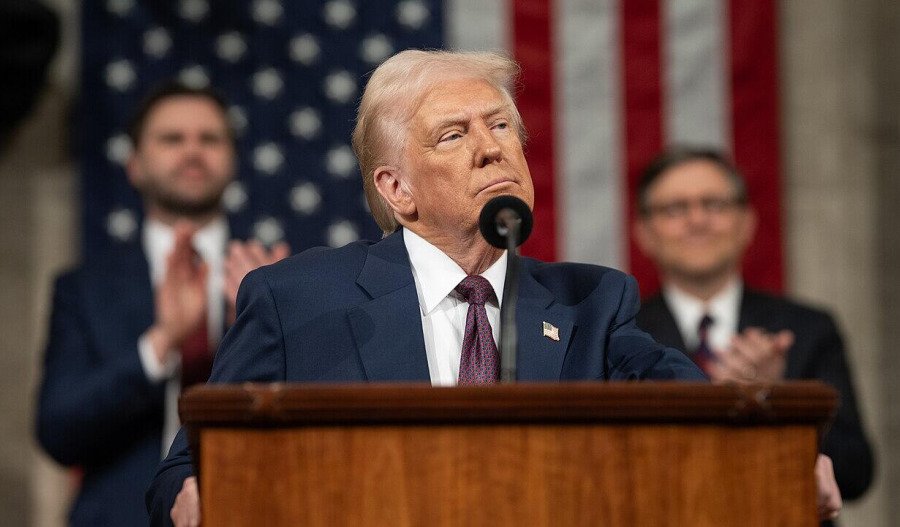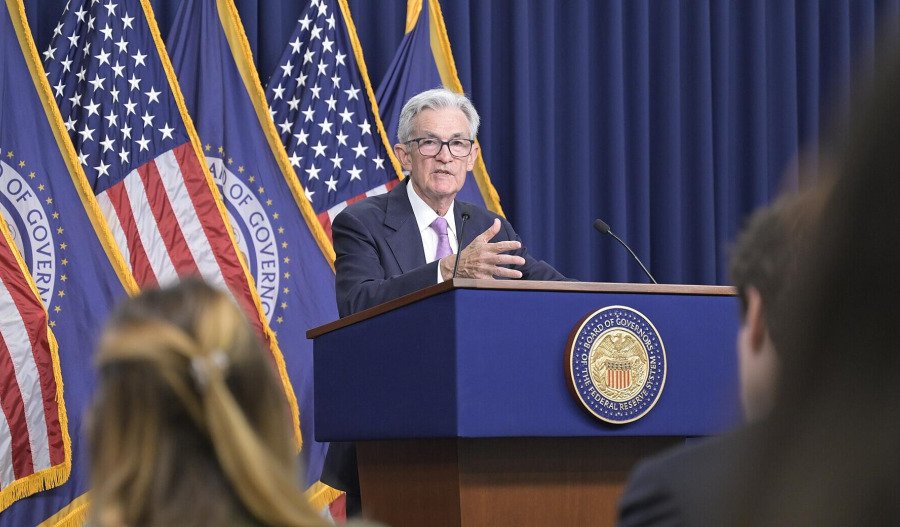Had it not been for the great unknown created by United States President Donald Trump’s tariff plan, Federal Reserve Chair Jerome Powell told European central bankers on Tuesday that the U.S. central bank would have already eased monetary policy.
Amid intense pressure from the White House to lower rates by as much as 3 percentage points - to allow the U.S. to pay less in interest expense – Powell has opted to study the effects of tariff increases on prices and growth before making his next move.
Powell wants data that suggests Trump’s tariffs are derailing the ongoing fight to subdue inflation.
“In effect, we went on hold when we saw the size of the tariffs and essentially all inflation forecasts for the United States went up materially as a consequence of the tariffs,” Powell said at the European Central Bank forum in Sintra, Portugal, where ECB President Christine Lagarde lauded him for epitomising the standard of a courageous central banker.
Powell also declined to give the market any clues as to what it could expect from the Fed’s upcoming meeting at the end of the month.
“We are going meeting by meeting,” Powell said during Tuesday’s panel.
“I wouldn’t take any meeting off the table or put it directly on the table. It’s going to depend on how the data evolve.”
The Federal Reserve (the Fed) last month kept the key borrowing rate steady at between 4.25% and 4.5% where it’s been since December when it cut rates by 1 percentage point.
Powell’s remarks saw Trump and his advisers double down on harsh public criticism of the Fed’s top central banker, with Treasury Secretary Scott Bessent accusing him of being overly traumatised by high inflation in 2021-22.
While Powell has categorically rejected Trump's accusations that he is partisan, he has avoided any discussion of White House attacks on the bank's intelligence.
While the Fed governor has no plans to cave in to Trump’s calls for him to step down before his chair term ends next May. However, the White House has hinted that it might nominate his successor as early as October.
With inflation readings for April and May being milder than many economists had expected, investors now expect the Fed to cut rates at least twice in the second half of 2025.
According to the CME FedWatch tool, Fed funds futures traders are now pricing in a more than 76% likelihood that the central bank holds rates steady at the July policy gathering.
Meantime, while the U.S. stock market has more than regained losses recorded in the wake of Trump’s initial announcement, investors and monetary policymakers remain uncertain about the future of global trade and its impact on global economic growth, profits and stock markets.
“All I want — and all anybody at the Fed wants — is to deliver an economy that has price stability, maximum employment, financial stability,” Powell said.
“What keeps me awake at night is: How do we get that done? I want to hand over to my successor an economy in good shape.”



